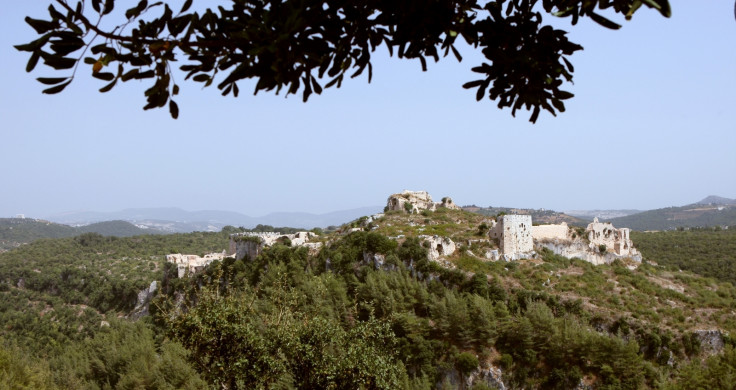4,000 year-old military fortress that was a massive Bronze Age spy network found in Syria
The military structure includes a massive complex of fortresses, forts, towers and enclosures.

Archaeologists have discovered a massive 4,000-year old military structure in Syria, which once served as a surveillance and communications site. The ancient site was spotted by satellite images and marks the first time ever that such a massive ancient military structure has been found in Syria.
The massive Broze Age military structure is comprised of a complex of fortresses, forts, towers and enclosure, according to researchers from the University of Lyon and the Directorate-General of Antiquities and Museums of Syria. The fortress extends across around 7,000Kms and is located at the brink of the densely populated regions of the Fertile Crescent.
The multi-disciplinary team of researchers found the incredibly well-preserved Bronze Age sites, which appears to have been designed to protect the urban areas. The ancient spy network also included the enclosures that ran alongside the mountainous ridge that dominates the steppes of central Syria.
The ancient military structure is believed to have been constructed between 2000 B.C. and 1550 B.C. Archaeologists believe that the ancient fortresses were built with giant blocks of unsculpted basalt, which were banded together to build walls that extended several metres high.
Each of the forts had been designed such that each one of them was in the line of sight of each other – which likely made it easier for soldiers to communicate using smoke signals to quickly alert the major power centers in the time of a crisis. The ancient structure was likely built to defend the territory, monitor and protect the main transport pathways and protect the most attractive lands.
Archaeologists have been using satellite images dating from as far back as 1960 to the present day to study over 1,000 archaeological sites in Syria. A research paper detailing the work was published in the French scientific journal Paléorient.






















